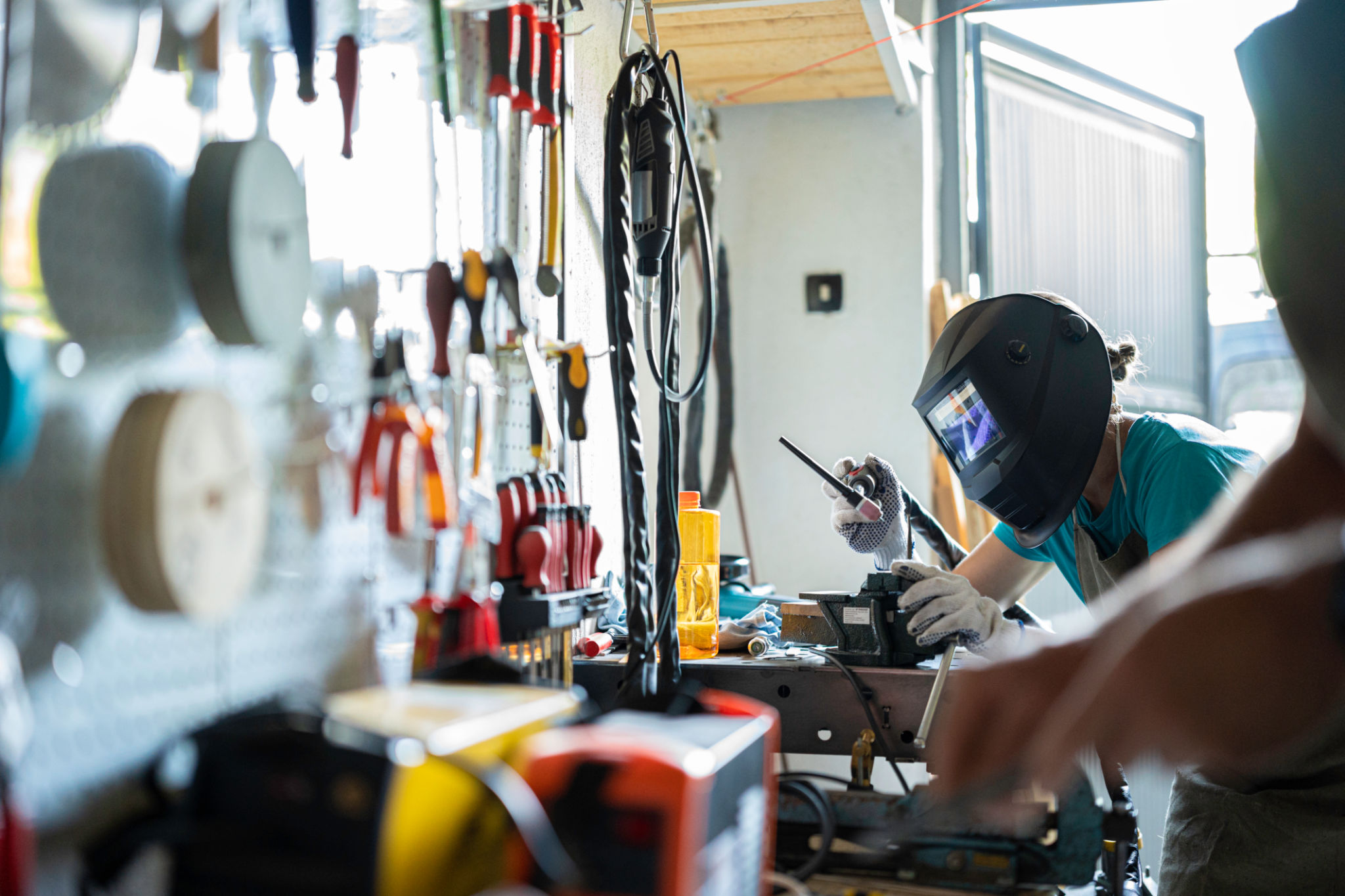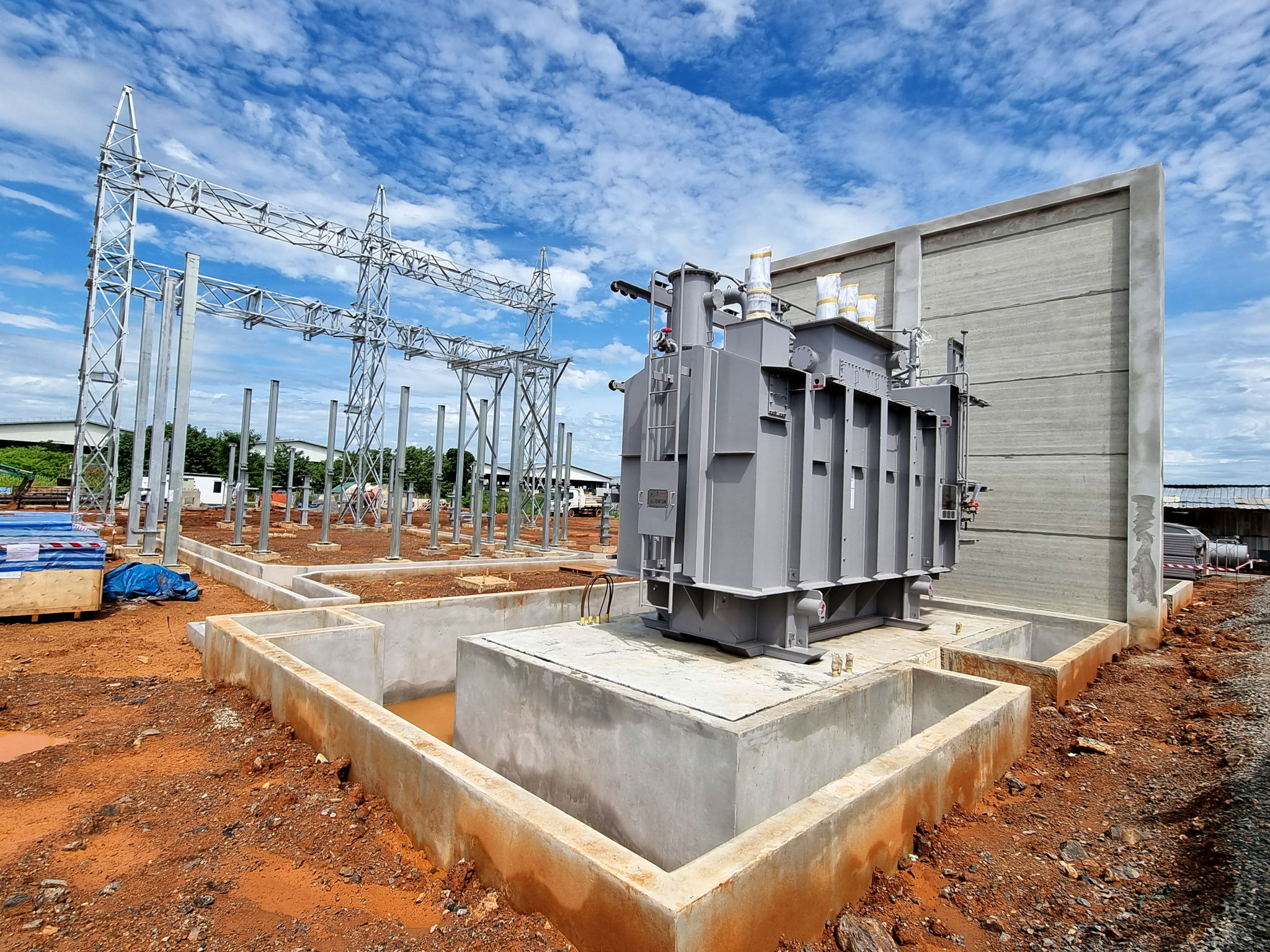Eco-Friendly Welding Practices for a Sustainable Future
Understanding the Importance of Eco-Friendly Welding
In today's world, sustainability is a growing concern across various industries, including welding. Traditional welding practices often involve processes and materials that can be harmful to the environment. As industries strive to reduce their carbon footprint, eco-friendly welding practices are becoming crucial. These practices not only help in preserving the environment but also improve efficiency and reduce costs in the long run.

Adopting Green Welding Techniques
Eco-friendly welding involves using techniques that minimize environmental impact. One way to achieve this is by opting for welding methods that produce fewer emissions. For example, laser welding is a technique that uses concentrated light beams to join metals, significantly reducing the release of harmful gases compared to traditional methods like arc welding.
Another effective method is using solid-state welding techniques such as friction stir welding, which reduces the need for filler materials and flux, further minimizing environmental hazards. These advanced methods not only promote sustainability but also enhance the quality of the weld.
Utilizing Sustainable Materials
The choice of materials plays a significant role in eco-friendly welding practices. Utilizing recycled or sustainably sourced materials can greatly reduce environmental impact. Many companies are now opting for materials like recycled steel and aluminum, which require less energy to produce compared to virgin metals.

Moreover, using low-emission consumables and non-toxic fluxes can further enhance the sustainability of welding processes. By carefully selecting materials, welders can significantly decrease waste and pollution.
Energy Efficiency in Welding
Improving energy efficiency is another key aspect of eco-friendly welding. Using energy-efficient equipment and optimizing welding processes can lead to substantial energy savings. For instance, inverter-based welding machines are more efficient than traditional transformer-based machines, consuming less power and reducing operational costs.
Additionally, implementing energy management systems can help monitor and control energy usage, ensuring that resources are used efficiently and sustainably.

The Role of Training and Education
For a successful transition to eco-friendly welding practices, training and education are essential. Welders must be educated on sustainable techniques and the importance of reducing environmental impact. This can be achieved through workshops, certifications, and continuous learning initiatives.
By investing in the education of welders and other stakeholders, companies can foster a culture of sustainability that not only benefits the environment but also enhances their reputation and competitiveness in the industry.
The Future of Welding: A Greener Outlook
As industries continue to evolve, the adoption of eco-friendly welding practices will become increasingly prevalent. Technological advancements will pave the way for more efficient and sustainable welding solutions. Innovations such as robotic welding and artificial intelligence will further enhance precision and reduce waste.
The future of welding lies in the integration of sustainable practices that not only meet industry standards but also contribute to a healthier planet. By embracing these changes today, we can ensure a cleaner, more sustainable future for generations to come.
